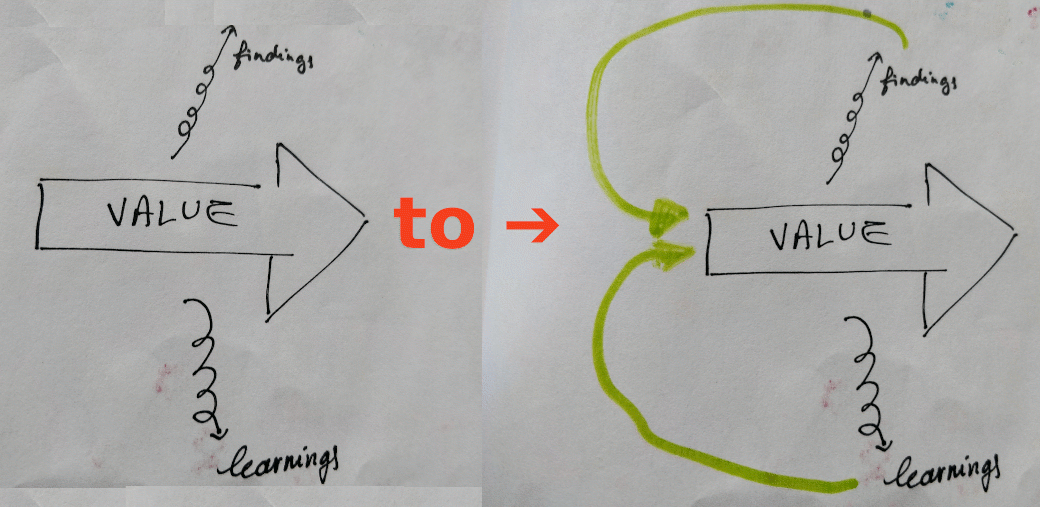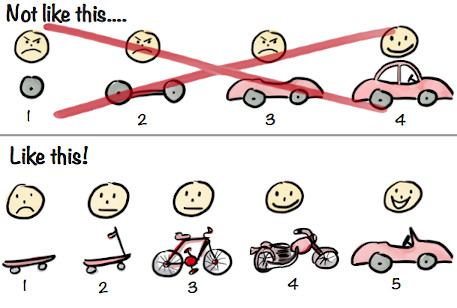On Sustainable goals
Fri, Jan 31, 2020|
Note
|
This article is part of a series coming from a tweet, posted in early January 2021, designed at nudging me to get back to blogging. |
This second article is the implementation of Romén’s tweet :-)
Happy new year Baptiste!
— Romén Rodríguez-Gil (@romenrg) January 1, 2021
We share interests on company culture & other non-technical aspects key to software development. I'd love to read your thoughts on those as eng manager.
On blogging, my 2 cents:
Sustainable goals.
Mine: 1 article/year. Low, but working since 2013 :)
I think this article is on point. Thanks Romén :).
Today is the last day of January. I need to accept it, I have failed 😉. I will NOT be able to deliver an article on all answers to this tweet.
The very goal of this tweet was however really to challenge myself and get back to writing something. So, for this core personal goal, I am still happy this did it. Thanks again to everyone who pushed me.
Anyway, back to the subject.
Was it sustainable?
Probably not. Or maybe.
First, to be honest, I was unsure my tweet would even yield a single answer 😄.
Second, while I did start reflecting on the various subjects submitted to me when they were, I definitely did not dedicate enough of a continuous focus to it.
So while I think the goal was sustainable by itself, I didn’t manage myself well enough to make it. Hence, I do think I could have made it. If I had been able to do less of a few unimportant things (like browsing Twitter 🤦). Or manage my time, and my health, better.
Managing Yourself
If I had slept or exercised more, I think I could have made it.
I have come to realize that as I’m getting older, managing more consciously my sleep and health is increasingly important. While this is something we all somehow have heard about, I suppose this only actually hits home when you’re the one with more birthdays and starting to feel it 😏.
I recommend on this subject the HBR’s 10 Must Reads on Managing Yourself book. I liked in particular the article explaining that doing cardio-training at least 3 times a week, and strength-training at least once a week has a positive impact on personal productivity.
I know of multiple evenings where I was in front of my laptop, but not doing anything productive. I wanted to do it. But I was too tired. Vicious circle. These hours would have been better spent sleeping, or doing sport. Then this rest would have made it easier to reach my goals.
I’ve come to think and say that for instance when you’re on vacation, even your job is to disconnect. If you’re staying connected to work and don’t rest and recharge, then you’ll be back sleep deprived and less energized. Failing on your duties.
How to set sustainable goals
Still, Romén has a point on this "sustainable" aspect. I assume he meant the size of the task itself, rather than the "shape" of the one actually doing the task (which I’ve focused on above).
This aspect is actually documented in Duhigg’s Smarter Better Faster book.
In short, the study shows setting unreasonable goals will yield worst results than difficult ones.
So what’s next?
First, I am committing to finish the blog entries for each answer of my original tweet (for tweets posted in January 2021 😄).
Second, I am adjusting this to be one article per fortnight. Given I received 5 proposals, this means I am left with 3 to be done.
This means my new target is the Sunday 14th of March 2021.




